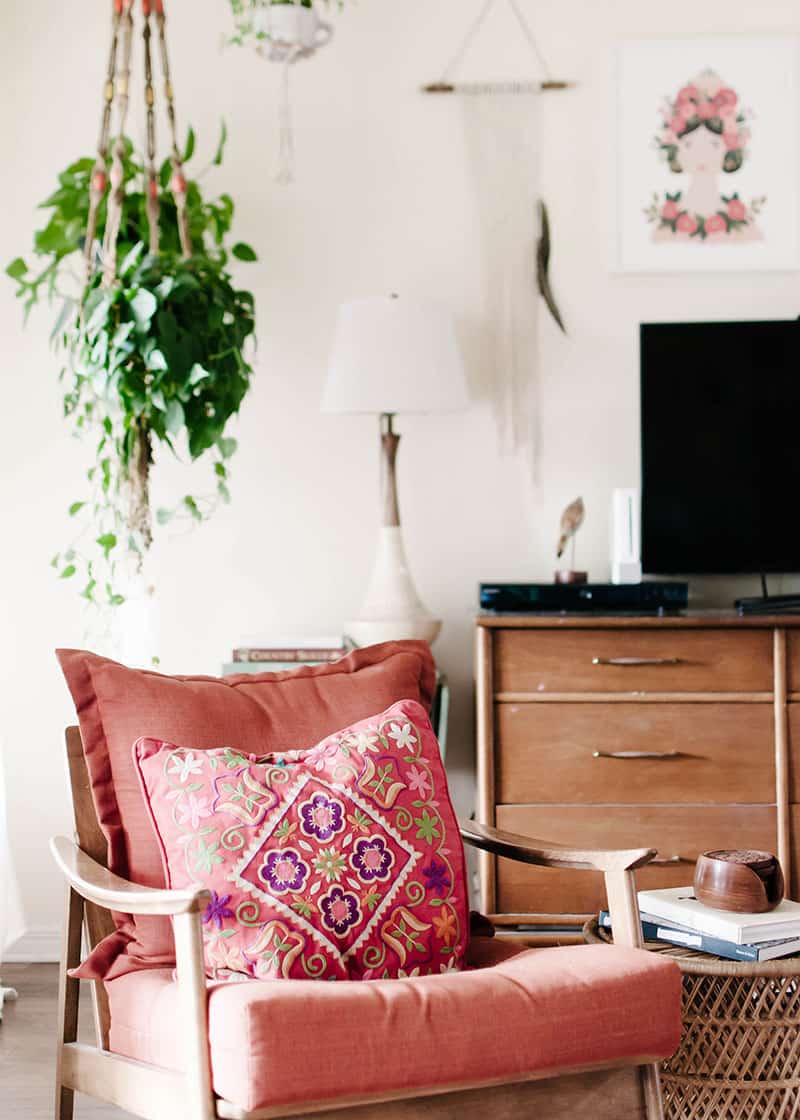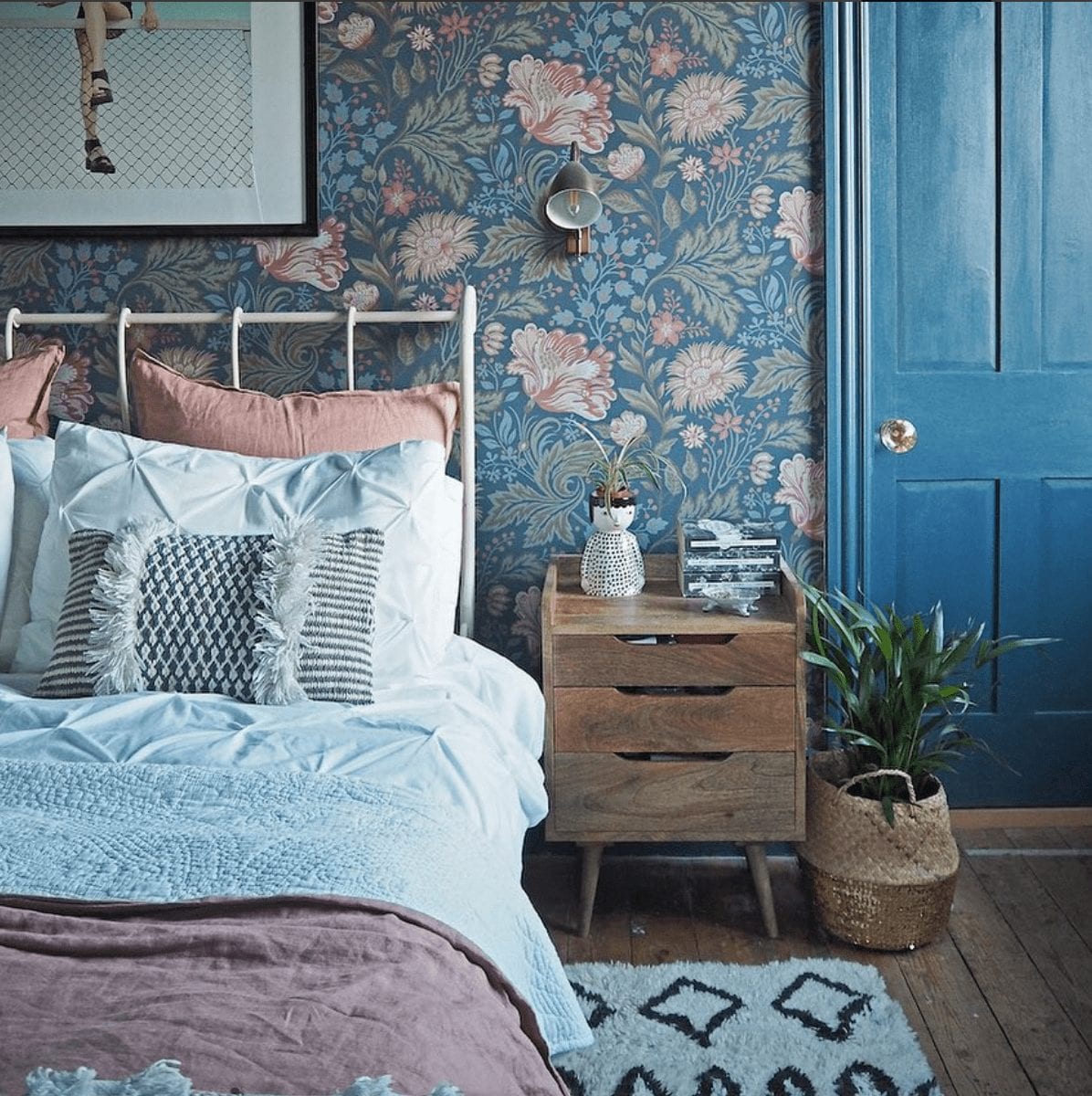Brighten up on lighting and light bulbs
Lighting has a huge effect on us. Sometimes its subtle, other times it can have an instant impact on how you feel or think. When you think about it, you probably use light in different ways around the house and at different times of the day or even year.
How do you go about selecting the right lighting for a room? Start with the room’s purpose; what do you do there and how do you use the room? Do you read? Cook? Or perhaps it’s a space for relaxing. That will all affect how you light the room. What light bulbs should you use?
 General, ambient lighting
General, ambient lighting
This is really functional lighting – the ceiling lights, wall lights or spotlights. They’re important to light the room when it is dark and make the room usable.
Task lighting
Light for reading, working, cooking etc. Everything from desk lamps to under cabinet lights in the kitchen. Lighting in a focused area to help you with what you’re doing.
Lighting for dramatic effect
These lights are to create atmosphere – perhaps a floor lamps that highlights and accent space in the room, or perhaps a spotlight that throws shadows around the room and adds texture.
The chameleon lighting setup
It’s likely that every room has a dual role; your lounge might be a relaxing space but during the day it could be where you work or the kids play. The kitchen diner is a great example – you need plenty of light to cook but then you might want to turn down the light to create an atmospheric dining space. My point is, you need to think about all the rooms uses and be clever about how you can change the lighting to suit those uses.
The dimmer
A dimmer switch is such a useful tool! In a bathroom, lighting can be tricky. With the need to be waterproof, lamps and portable lighting is often not an option, but a bathroom still needs different types of lighting; you need plenty of light for shaving, makeup etc but you also want to turn down the lights to a lower setting and soak in a hot bath. That’s where a dimmer switch is most useful. Don’t forget to check that your light fitting and light bulbs are dim-able!
A dimmer switch doesn’t have to be ugly either! Swtch UK has some beautiful ones, see below.
Light isn’t just light
Beyond the actual type of lighting, you also need to consider the bulb. Although most fittings will define the type of bulb that you can use, there are often options to allow you to customise your lighting. Everyone has heard of the different light types, but what do they actually do and offer that is different from a standard bulb? Here’s what.
Incandescent
These are the traditional type of bulb that most of us have grown up with. They are now being phase out in favour of more energy-efficient options. They tend to produce a warm, glowing light, but you can get different types too. Clear glass ones that provide bright white light and also the frosted ones that give a broken light that causes less harsh shadows. They come in different shapes too – standard round, candle, Eddison style bulbs etc.
 Compact Fluorescent Bulbs (CFLs)
Compact Fluorescent Bulbs (CFLs)
These kinds of bulbs use 75% less energy than an incandescent bulb and they also last longer. In generally then create cooler tone of light but you can find them in a range of brightness levels and temperatures too. They’re not that great for the environment even though they are better. They contain mercury and should be disposed of very carefully.
 LEDs
LEDs
LED light bulbs are just as efficient as CFLs, but they can last up to three times longer. They’ve previously only been used for task lighting as they provide because they used to only provided a harsh, direct light, but LED light bulbs have come a long way. They now offer the same look as incandescents, but they’re efficient, they’re less hot to the touch, and they last a long time. LEDs tend to be more expensive to buy but you make the money back on powering them and not having to replace them as often.
Halogen
Halogen light bulbs give off bright, white light, similar to natural daylight. Great for task lighting. They also use 10-20% less energy than an incandescent bulb. They tend to be used in ‘globe lights’ as they offer enough light but without the heat, so can be contained in a small space.
Lumens
Most bulbs will tell you the number of lumens they deliver. This is the brightness of the light. As a rough guide (from HouseLogic) the following is roughly the right amount of lumens for each room:
- Kitchens: 5,000-10,000 total lumens
- Bathrooms: 4,000-8,000 total lumens
- Bedrooms: 2,000-4,000 total lumens
- Living rooms: 1,500-3,000 lumens
- Dining rooms: 3,000-6,000 lumens
- Home offices: 3,000-6,000 lumens
These are obviously only general rules of thumb and if you’re trying to create a relaxing atmosphere you might want to use a lower level of lumens. Also, if you’re using a dimmer switch, remember to check that the bulb you’re buying is dim-able – some are not!
So, when you next change your light bulbs, think about what atmosphere you’re trying to create, the type of suitable bulbs available to you and also, hopefully, how you can lessen your impact on the environment.










Hi there! I found this really interesting never knew that lighting could do so much.